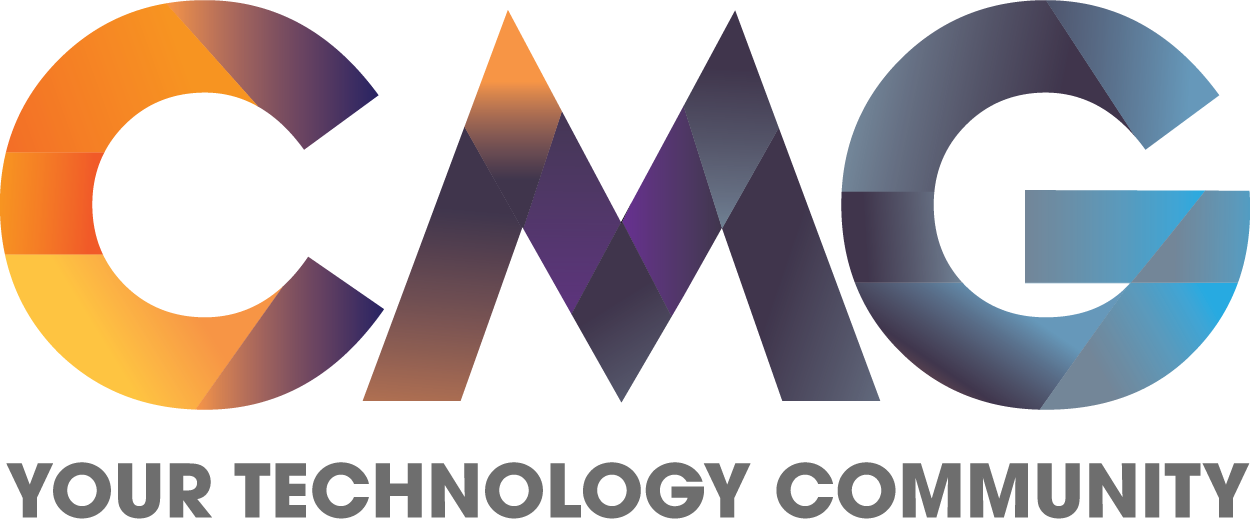Fall Membership Meeting –
October 19, 2018 at Courtyard by Marriott, Cromwell Connecticut
Agenda
Our autumn regional conference is coming next month and although we’re still putting together the finishing touches we have another great program already in place. Again, we have very strong topics including those from our sponsor, Syncsort. We want to thank them for helping to solidify the day for us.
We are in the process of arranging presentations in both the mainframe and distributed disciplines. We will let you know as soon as those are finalized. It promises to be an exciting day with great learning and networking opportunities.
Our autumn conference is made possible with the help of this meeting’s sponsor:
Syncsort is a global software company specializing in Big Data, high speed sorting products, and data integration software and services, for Hadoop, Microsoft Windows, UNIX, Linux, and mainframe systems.
Preregistration Cost: $45 (Walk-ins $55) ∞ Deadline to preregister via email is October 15 ∞
Simply reply now to this email with your request to preregister. Or, at any time you can notify us by sending a “Preregister me” email to [email protected] .
Please forward this announcement to your friends and colleagues who might be interested in our conference. Remember, you do not have to be a CMG member to attend our meetings.
| CCMG AGENDA Friday, October 19, 2018, Cromwell, CT | |
| Presenter | Presentation/Topic |
| Ellis Holman, IBM | IBM z14 Hardware Overview |
| Dale Feiste, Syncsort | Methods of Forecasting for Capacity Management |
| Dale Feiste, Syncsort | Evaluating Performance and Capacity with Calculated Metrics |
IBM z14 Hardware Overview
Ellis Holman, IBM
This presentation will cover the following:
- z14 Design Principals
- z14 Details
- z14 Processor Design and Structure
- z14 Memory Design and Structure
- z14 New and Interesting
- z14 I/O
- z14 Power and cooling
- Site Tools
- HMC
- z14 Upgrades and MES
- Software support for the z14
Methods of Forecasting for Capacity Management
Dale Feiste, Syncsort
Forecasting is the process of making statements about events in the future. Events related to capacity management are typically things like the state of resource consumption, service levels, and computing environment changes at future points in time. Making statements or predictions about these future events requires analysis of information to determine a future state. Knowing what information is needed to make accurate forecasts is a critical step for any analysis.
Forecasts are made to answer questions. Understanding the questions, and things that affect answers to those questions, is the first step to creating an accurate forecast. Required accuracy of a forecast should determine which methods are used to create it. Assumptions can be made to limit the amount of data and time required for creating forecasts. Validating forecast accuracy, after events happen, is an important part of continually improving future forecasts, and building credibility. This paper describes the important task of forecasting as it relates to capacity management.
- Why do we forecast?
- Forecasting scenarios
- Forecasting Techniques
- Forecasting and Virtualization
Evaluating Performance and Capacity with Calculated Metrics
Dale Feiste, Syncsort
Direct measurement of component properties is the foundation of evaluating a systems behavior. Various types of measurement can be formulated into counters that are useful for analysis. Examples are snapshots, counts, rates, percentages, percent, maximums, minimums, averages, etc… Information systems composed of many hardware and software components typically provide these sorts of metrics related to performance and capacity. Storing data for historical analysis is a cornerstone of performance and capacity evaluation. Many counters supplied by hardware and software are created by direct measurement, and others are derived by indirect means.
Understanding how a counter is derived can be important to knowing its limitations and usefulness. Creating your own calculated metrics can also be useful for many purposes. They provide new insight into correlations when charting, simple unit changes, or completely new results with formulas from areas such as queuing theory. This paper outlines the importance of understanding what performance counters represent, and how your own calculated metrics can be used to enhance performance and capacity analysis.
- How measurements are taken
- Time dimension
- Metric limitations
- Creating your own calculated metrics
- Extending into other areas
Bios
Ellis Holman


